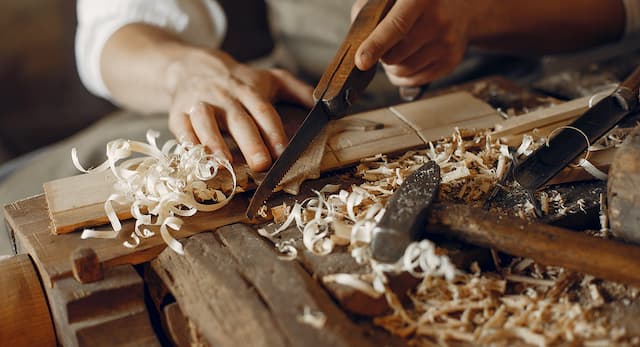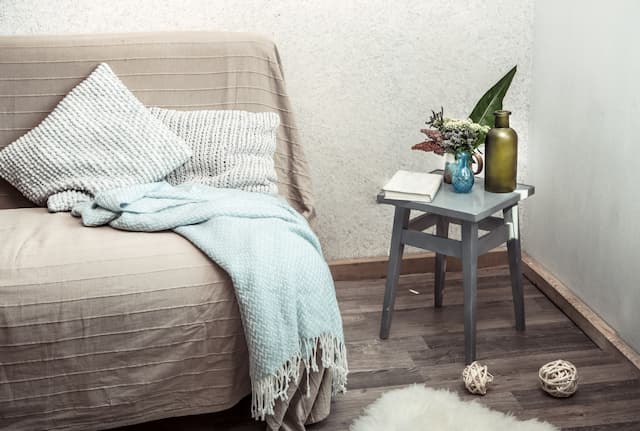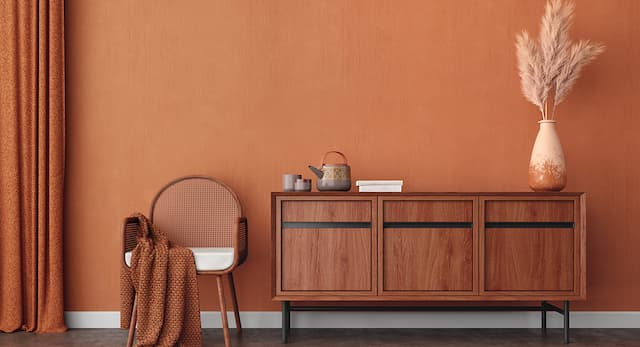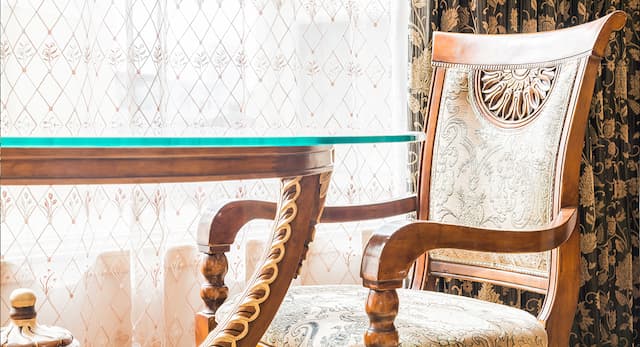Joinery: Everything You Need to Know in 2024
Joinery is the intricate skill of connecting wooden elements together to craft furniture, cabinetry, wood accents, and structural supports that have been elevating interiors for centuries.
However, in our current era that’s focused more heavily on automation and prefab building, this art form risks being forgotten. As we move into 2024, preserving and celebrating the custom creativity of joinery feels more crucial than ever.
From bespoke cabinets flaunting dovetailed drawers to handsome built-in shelving accentuated by smooth moldings, quality joinery introduces warmth and aesthetic caliber to living spaces that mass manufacturing cannot replicate.
After all, each hand-carved joint and seamlessly fitted component speaks to the care, talents, and countless hours a skilled joiner has invested. As sustainability and craftsmanship regain priority across design and construction, joinery works promise an enduring style that transcends trends.
Indeed, well-executed joinery withstands the test of time thanks to artisanal attention to detail and sturdy natural materials. It graces our spaces with uniqueness and irreplicable character while honoring ancient building methods.
As more homeowners seek to reconnect with traditional trades, joinery offers the best of both worlds: merging timeless craft with bespoke personalization for next-level living.
What Is Joinery?
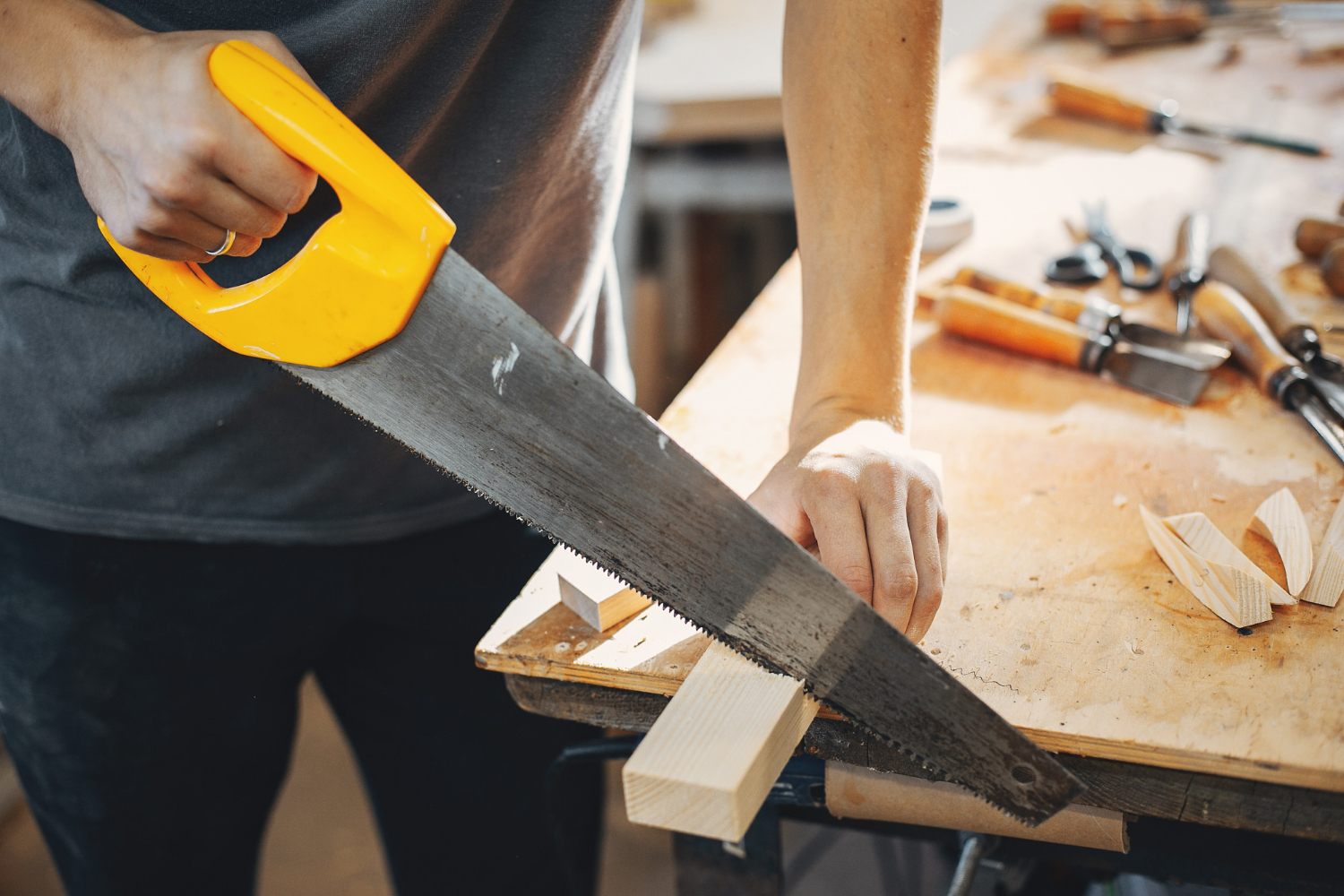
Joinery refers to connecting wood elements without using nails, screws, adhesives, or other visible fasteners. In other words, it’s about smoothly fitting components together through intricately shaped joints instead of allowing the natural wood grain to shine.
The joint itself becomes a decorative feature. From dovetail and mortise and tenon to tongue and groove, lap, dowelled, miter, and other complex joints, the options are diverse to create joinery furniture for bedrooms, living rooms, and other spaces.
Joiners assess the needs of a project, choosing joints structural enough to bear weight while showcasing fine technical skills. The precision cutting and fitting aims for seamlessly integrated and immovable connections.
Applied across cabinetry, furniture, flooring, decorative moldings, ceiling details, and staircases, joinery techniques help craft everything from entire house frameworks to jewelry boxes.
Anywhere strength and aesthetics matter, joinery plays a major starring role. It intersects powerful functionality with painstaking artisanship to create wooden masterpieces designed to last generations when properly maintained.
Benefits of Joinery
From amplified durability and customizable design to elevated aesthetics, joinery offers numerous advantages:
Structural Integrity
Joints flexible enough to allow wood movement yet completely stiff and stable ensure lasting structural soundness. This prevents loosening over time.
Material efficiency
Custom-cutting components guarantee less material waste while showcasing striking grain patterns and textures.
Design flexibility
Bespoke joinery accommodates endless design preferences from dimensions to wood types to decorative details, including things like Bohemian style.
Highest Quality
As a historically proven construction method, well-executed joinery graces homes with heirloom appeal.
Enhanced Aesthetics
Visually striking joints and sleek fits reflect remarkable skill which immediately improves appearance.
Sustainability
Using full wood pieces sustains supplies unlike composites reliant on adhesives.
Personalization
One-of-a-kind creations reflect clients’ unique needs, visions, and styles.
Clearly, joinery’s versatility to balance visual richness, customization, structural security, artistry, and eco-friendly ethos makes it a construction mainstay for all interior and architectural projects.
Materials Used in Joinery

The wood species selected for joinery impact both aesthetics and performance. Hardwoods like oak, teak, mahogany, rosewoods, and maple offer superior strength and intricate carving ability ideal for complex joint patterns.
The dense cellular structure also enables sanding pieces together for perfectly flush fits. Alongside strength, wood choice considers moisture resistance, workability complexity, hardness, budget, and color/grain appearance.
Beyond solid woods, many modern joinery pieces incorporate engineered lumber composites pressing thin wood veneers onto stable substrates.
While more dimensionally stable plus affordable, the thinner wood layers limit elaborates carving capacity. Such materials work better for less intricate modern joinery needs instead for ornate traditional joints.
However, engineered properly, they perform sufficiently in certain applications to balance strength, sustainability, and budget.
Tools Used in Joinery
Mastering both hand and power tools is vital for joiners to equally balance precision craftsmanship, structural security, and timely project completion. Core tools include:
Hand Tools
- Saws: Various manual saws like coping, rip, crosscut, hack, or bow are used for precisely cutting joints and wood pieces to measured angles and dimensions.
- Planes: Bench planes, block planes, and specialty planes taper, smooth, and slim wooden stock down to precise widths and thicknesses for integrated joinery needs.
- Rasps & files: These coarse abrasive tools shape and refine wood surfaces and joints once cut for smoothing and fitting.
- Marking gauges and rulers: Accurately measuring and marking cut lines, angles and depths on stock ensures precision joinery fits.
- Clamps: Bar, strap, and C-clamps lock components tightly in alignment for easier gluing, planning, chiseling, and assembly.
- Hammers/mallets + chisels: Chisels cut recesses and mortises while mallets pound them safely for chopping out tightly fit wood joints.
- Drills + brace bits: Boring holes at exact locations allows inserting structures like wooden pegs, dowels, or screws to reinforce joints.
- Scrapers + sandpaper: Final smoothing and finely detailed shaping relying on varying grit sandpaper or specialty cabinet scrapers.
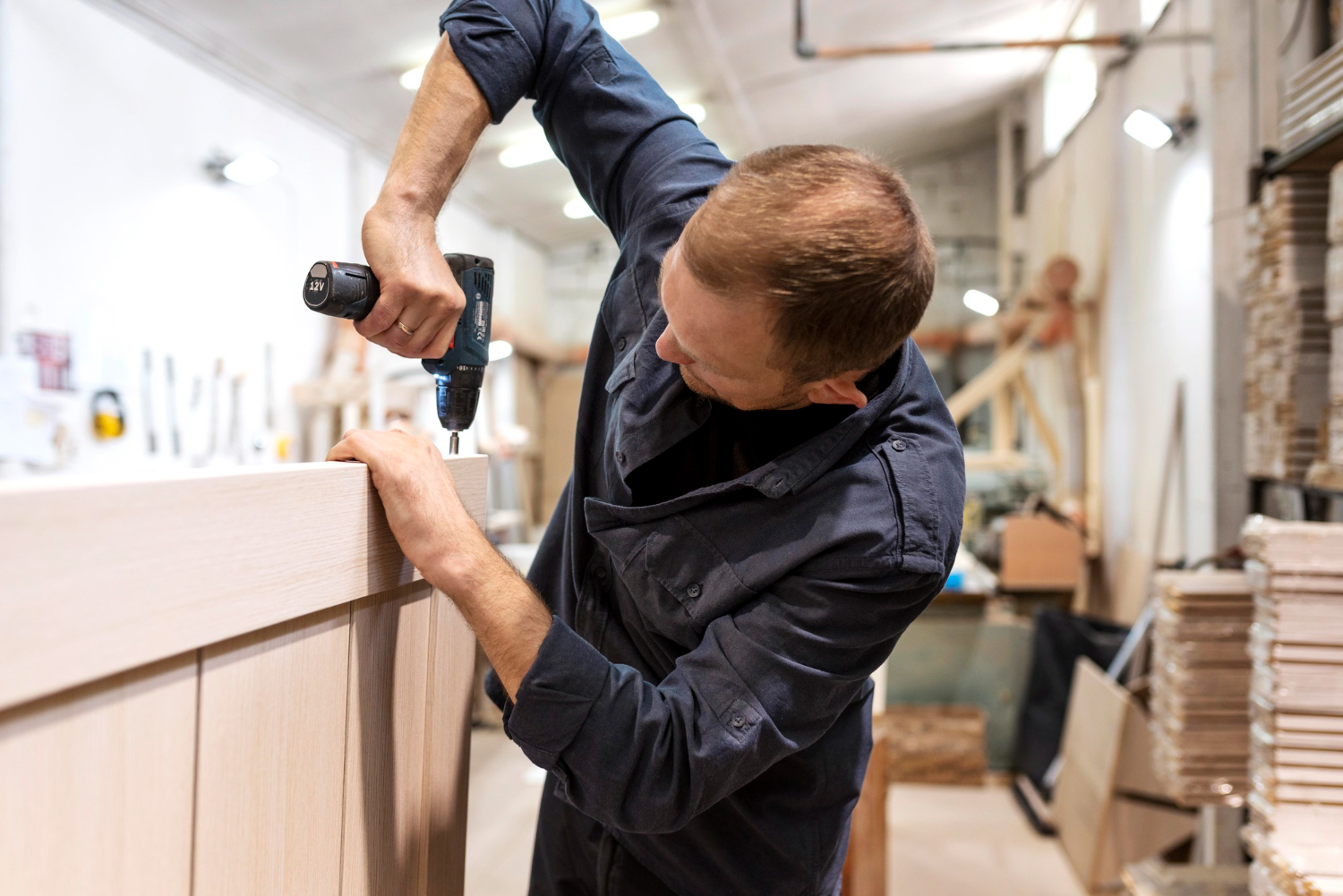
Power Tools
- Table saws: Large motorized saws with spinning blades rip and crosscut stock accurately and quickly at set angles.
- Band saws + scroll saws: Deep curved and irregular cuts in wood boards are not possible by hand saws.
- Sanders + router: Power routers carve patterns and refined edges with specialty bits while orbital sanders smooth.
- Jointer-planer: Large machines that straighten, flatten, and taper lumber stock to uniform dimensions.
- Mortiser: Heavy duty drill press with a chisel bit to efficiently chop rectangular mortise holes for tenon joints.
- Lathe: Rotates and shapes spindle stock and furniture posts into angles and designs symmetrical around an axis.
- Biscuit joiner: Allows quick insertion of oval biscuits into stock joints helping with alignment and strength.
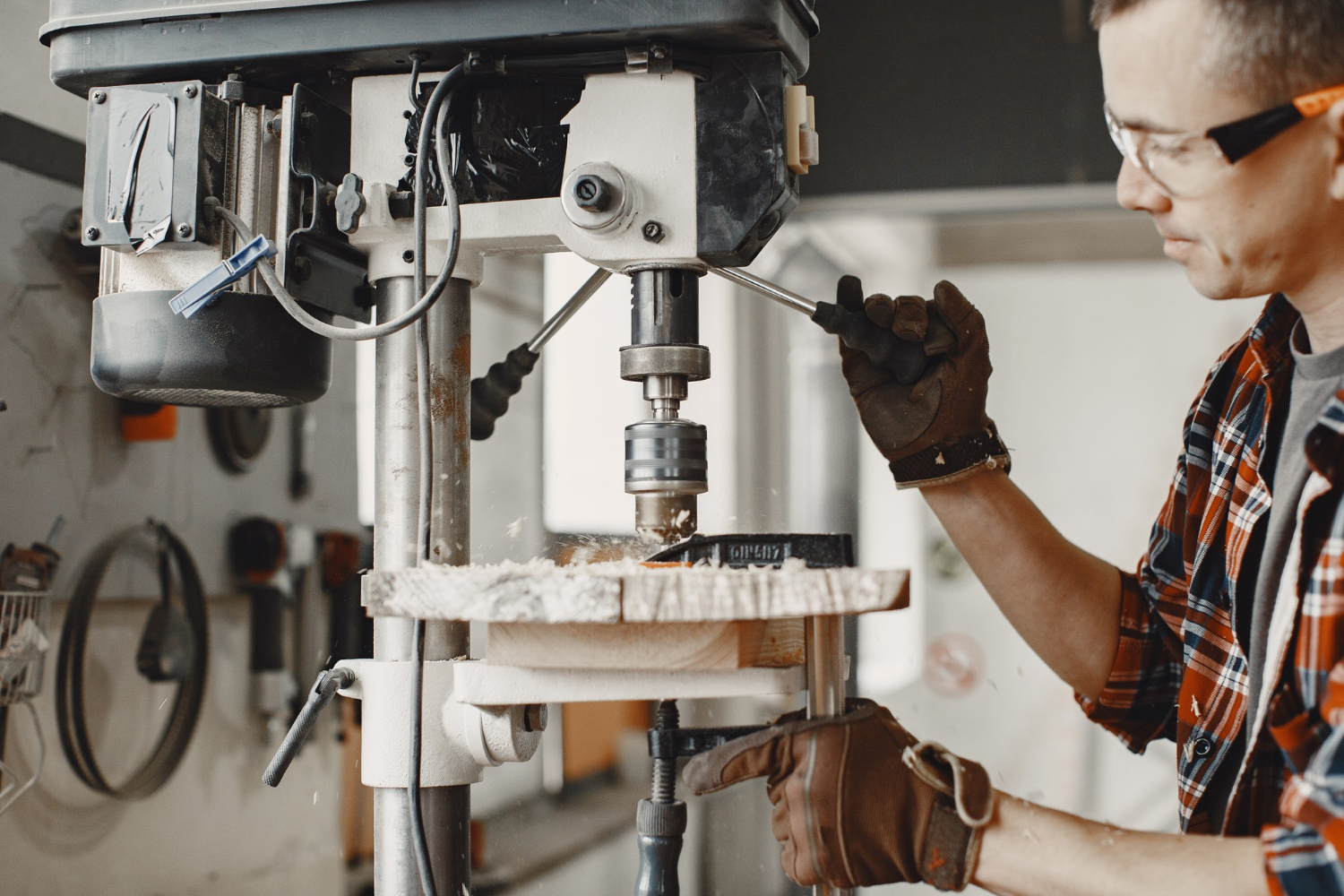
High-Tech Tools
- CNC Woodworking machines: Computer numerical control routers and lathes precisely cut, drill, and shape wood stock based on custom digital designs. Enables consistency when producing multiple furnishings components.
- 3D modeling software: Programs like SketchUp allow designers to digitally construct and visualize joinery pieces to scale ensuring perfect fits prior to fabrication. Models can be converted directly into CNC tool kits.
- Laser measuring: Highly accurate laser distancing and projection tools scan rooms and objects to digitize dimensions for custom-fitting joinery elements into existing spaces flawlessly.
- Computer-aided design (CAD): Digital drafting platforms help render intricate joinery designs with advanced modeling functionalities predicting strengths, finishes, etc. Complex fittings modeled prevent unworkable plans.
- Robotic arms: In advanced workshops, programmed robotic arms automate finishing steps like spray-on sealing achieving flawless uniform coverage. Some assist in moving heavy stock.
- Virtual reality: Immersive VR headsets let clients digitally walk through photorealistic renderings of homes pre-visualizing bespoke joinery elements simulated within future spaces prior to production.
Carpentry vs. Joinery

While the terms are sometimes used interchangeably, carpentry and joinery represent distinct professional trades.
Carpenters focus on structural aspects like framing, rafters, and fundamental floor/wall builds using boards connected via nails, screws, brackets, or glue. Simplicity and speed take priority to construct foundations. In this case, finishing work is not the focus.
Alternatively, joiners advance once the underlying structure or “bones” exist, providing detail. Their creative specialty centers on skillfully fitting and connecting wooden elements without visible fasteners.
Intricately worked joints and decorative enhancements set the joiner’s work apart as functional art. The natural partnership sees carpenters providing the behind-the-scenes fundamentals while joiners later perfect the aesthetic details for visible enjoyment.
For example, carpenters erect the essential cabinet boxes while joiners fit the doors, add frames/panels, and include storage elements like shelving or drawers.
The combined efforts maximize efficiency – the carpenter works quicker through simple joins supporting underlying structure before the joiner refines the look through nuanced touches.
Final Thought
As an established pillar of first-class interior design, joinery will continue enlightening spaces well into the future thanks to its unique blend of custom artistry, eco-friendly practices, and structural integrity.
The precise fitting, carving, and connecting of solid wood elements form stunning accent details infused with heritage.
Indeed, as more homeowners recognize that soulless mass manufacturing lacks the luminous charm of artisanal craftsmanship, joinery provides meaningful quality.
Built to endure decades of use and admiration, fine joinery welcomes cherishing future generations. No shortcuts exist as each joint is carved by hand, showcasing an admirable commitment to exceptionality through renowned trades honed over lifetimes.
PARTENZA is the preferred choice for projects craving refined and customizable styles for joinery works. You can contact us directly to explore your options.
Frequently Asked Questions
What Are the Different Types of Wood Joints?
Common woodworking joints include dowel, dovetail, lap, bridle, mortise and tenon, finger, comb, tongue, and groove plus traditional woodworking joints like lentil, dovetail, mortise and tenon, and many more.
What Distinguishes Good Quality Joinery?
High-quality joinery focuses on seamless fits, strength, intricately formed precise joints, smooth planed surfaces, moisture-resistant durable woods, and fine finishing like sanding pieces together for invisible transitions.
How Long Does Quality Joinery Furniture Last?
Traditional hardwood joinery furniture made without nails/screws can easily last over 100 years or more if properly cared for. Some antique pieces have survived hundreds of years.
Can You Tell If Furniture Uses Real Wood Joinery?
Inspecting underneath, backside, and inside areas allows you to check for authentic joinery. Solid woods joined without visible fasteners signal quality craftsmanship without veneers or composite boards.
What Factors Affect Joinery Costs?
Joint complexity, custom designs, hardwood species, project size/scope, finish level, and labor intensity impact pricing. Bespoke hand-carved joinery demands more hours and expertise than prefab.
How Can You Protect and Maintain Joinery Pieces?
Keep wood properly sealed and away from direct light or moisture. Use coasters under drinks, avoid harsh cleaners, dust regularly, and occasionally polish with beeswax wood conditioner to nourish the natural wood.

